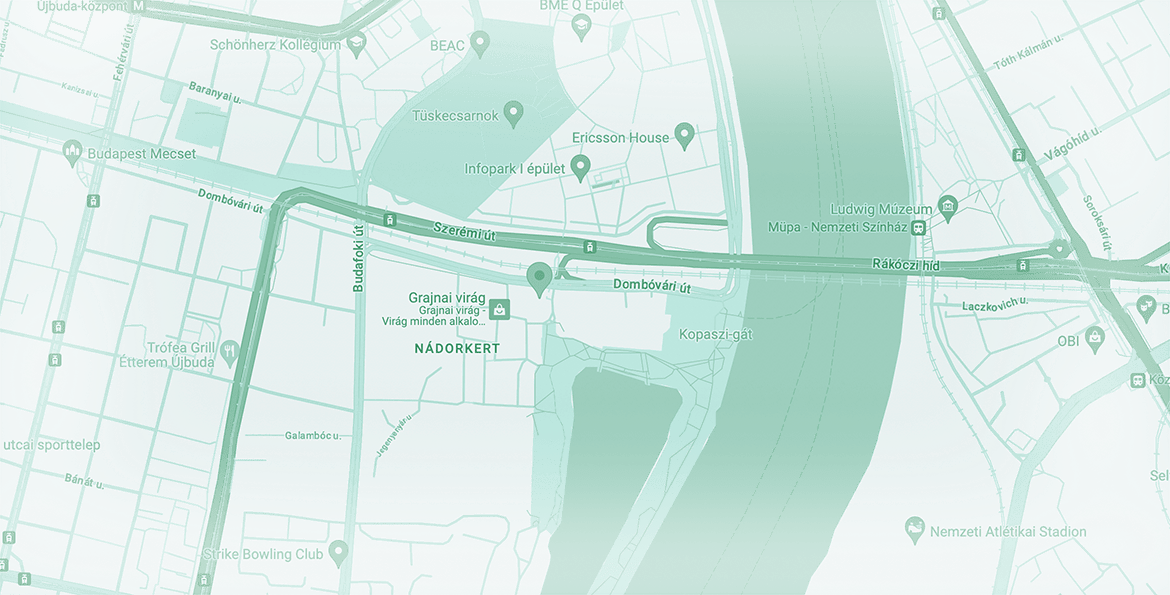
Is there Halloween in Hungary?
In Anglo-Saxon culture, Halloween indicates the end of autumn and the onset of winter. But what do Hungarian people do around this time of the year? Let’s clear up some concepts, so we can make a proper comparison!
In Anglo-Saxon culture, Halloween indicates the end of autumn and the onset of winter. But what do Hungarian people do around this time of the year? Let’s clear up some concepts, so we can make a proper comparison!
31 October, Halloween
Halloween celebrations most probably go back to Celtic harvest festivals, when guises and lanterns were used to scare evil spirits away. In the US and the UK (and in several other related countries), people carve pumpkins into scary faces to put next to their doors with a candle inside to ward off evil. Children go “trick or treating” in the afternoon or in the evening: they put on (supposedly) scary costumes, visit each home in the neighborhood, and ask for a “toll” at each door. The residents may decide whether they pay the toll (the treat, usually in the form of various candies), or suffer the consequences (usually in the form of a prank, like getting their car wrapped in toilet paper). People often throw costume parties this night.
In Hungary, we do not have any special traditions connected to Halloween. While carving pumpkins and having costume parties is gaining popularity, trick or treating is definitely not something you should expect. If you take your children trick or treating, most people answering the doors will be baffled at what you might want from them.
At the same time, you can usually find a few events for children, organized by expat groups, so they can enjoy the traditional Halloween feeling even if they cannot really go trick or treating.
1 November, All Hallows’ Day or All Saints’ Day
Clashing with the colorful festivity of Halloween, All Hallows’ Day or All Saints Day’ is a Christian festival in honor of every saint, known or unknown. This is a public holiday in Hungary, when masses in church are held in commemoration, and families often visit the graves of relatives.
2 November, All Souls’ Day
In fact, visiting graves is related not to All Hallows’ Day, but to All Souls’ Day. In Anglicanism, it is called the “Commemoration of All Faithful Departed”, and in most cases it means one’s relatives. However, this day is not a public holiday in Hungary, so many families use 1 November instead to visit cemeteries and tidy the graves of their loved ones.
Allhallowtide in Hungary
Both 1 and 2 November are traditionally considered a time of quiet commemoration. This sentiment is in strong clash with the merry festivities on Halloween, which makes some Hungarians, especially from older generations, reproach the celebration of Halloween in Hungary, saying that it is alien from local traditions. However, this has never stopped enthusiastic party-goers from taking a good chance for partying. Mind you, the same people may very well visit the cemetery the next day, just like everyone else.
Moreover, Hungary also has festivities where you are supposed to dress up in costumes to ward off evil – but we do that at the end of winter, preparing for spring, and call it “farsang”, which means carnival. Read more about farsang here.
Want to learn more about Hungary?
Follow us on Facebook to get notified of new articles posted about the customs and history of Hungary. Do you have Hungarian heritage? Then you might be eligible for Hungarian citizenship! Ask for a consultation, and get closer to your roots.
Contact
Get in touch today
Monday - Friday
9am - 5pm CET
Helpers Hungary Kft
Budapart Gate
Dombóvári út 27
Budapest 1117, Hungary
If you’re visiting us, please use entrance A and come to the 2nd floor.





